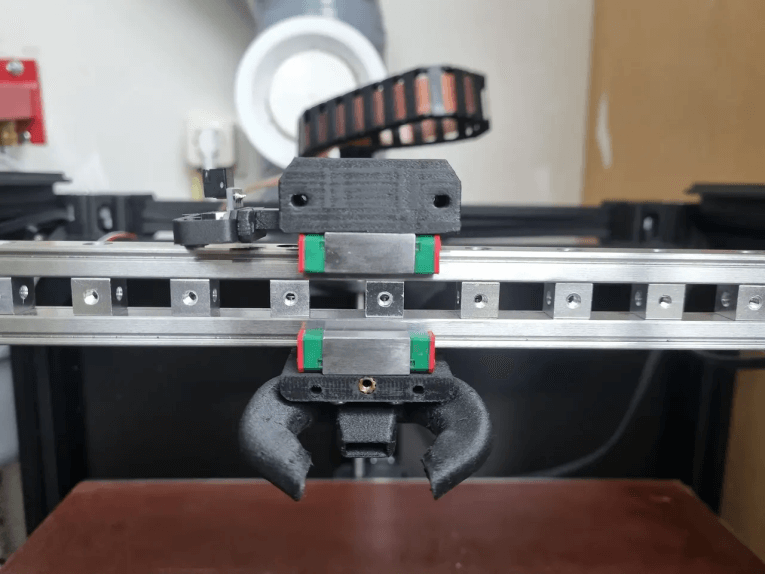CNC robotics come in many shapes, sizes, and functionality, each with a unique design that makes it perfect for the roles it is assigned to. To better understand how they work, it is important that we know the types that exist. On a broader scale, CNC robotics can be grouped into three categories outlined below.
By Function
CNC are built for a number of functions in different segments of the production process, and based on that; they come in the following six types.
Milling Machines: These deal with the loading of raw materials into machines, following a programmed script to make cuts that are precise and identical. They pay attention to the depth, the angle of cuts, and the direction the blades move towards. All these are done by highly specialized robotic arms.
Plasma Cutting: A CNC plasma machine makes use of a tool that is powered by gas to make precise cuts. It is so fast that it can slice up to 500 pieces in 60 seconds with very minimal margins of errors. The only drawback to it is the cost of setting it up since there are many safety protocols like a buffer zone for containing the sparks, good ventilation setups, and flame-resistant doors to keep the rest of the factory safe and avoid accidental fires.
Drilling: This is a CNC machine that spins and moves a drill towards a designated part of an object, most times another piece of metal that requires holes to be bored into. All an operator needs to do is to position the drill, and once that is set, the robotic arm simply executes the commands, and the drilling process begins until the drilling tool is worn out to the point of needing a replacement.
Welding: Welding is considered to be among the most dangerous tasks in the manufacturing process, and that’s why there are special robot CNC robotics that exclusively deal with welding. They can withstand the heat, the fumes and gases, and the resulting explosions, something that a human worker can’t handle without sustaining some harm. CNC welding robot machines have positional accuracy, the resilience to handle welding for a very long time without stopping.
Grinding: Grinding is a finishing process that is handled by CNC robotics that use their rotary wheels to polish and abrade the surfaces of hard objects until they attain the needed shape. The process requires a high level of accuracy to avoid deforming the product further.
Multitasking: There are CNC robotics that are able to be used for multiple operations at the same time without being moved. They are not cheap or easy to operate, but once they are running, they can save you a lot of money as some have the ability to handle the entire process from sorting raw materials all the way to the packaging part.
By the Number of Axes
The movement and operation of a CNC machine depend on the number of axes; they usually range from linear, rotary or can have both of them at the same time. The complexity of the CNC machine is determined by the number of axes that are present, and they come in the following types.
2-Axis: The very first CNC robotics were biaxial, and programming them was much easier. They still exist to this day but coming across a 2-Axis CNC robotic arm is hard.
3-Axis: A majority of CNC robotics in use today are 3-axis robots, and they are widely used in milling, drilling, and other standard processes on the manufacturing floor. They can operate along all three axes.
4-Axis: These are CNC robotics that have an extra rotary axis movement on top of the normal three. They are more flexible and a little complicated than the rest.
5-Axis: These are CNC robotics that have three perpendiculars and two rotary axis movements. They are the most versatile of CNC robotics as they can be used to conduct different operations at the same time.
By Automation Level and Accuracy Grade
Not all CNC robots are built the same. Some come with more sophisticated setups than others, and they are able to do more when it comes to functionalities. This is what is referred to as the automation level. Some simple CNC robotics can only handle the loading and unloading of materials, while more advanced ones can go as far as running their own programs and controlling other robots in the process.
In terms of accuracy levels, CNC robotics can be graded as normal for simple machines that handle simple tasks. High-accuracy grade, precision grade, super-precision grade, and ultra-precision grade. Their abilities get refined the higher you go.
Post time: Mar-04-2024








